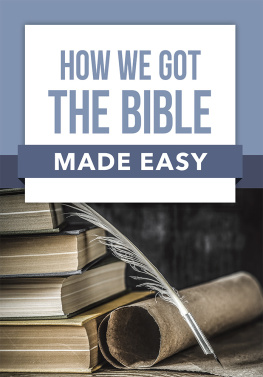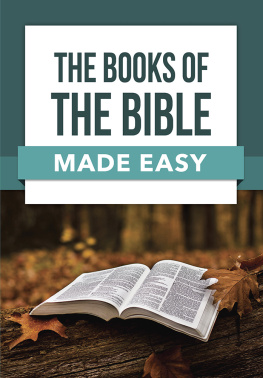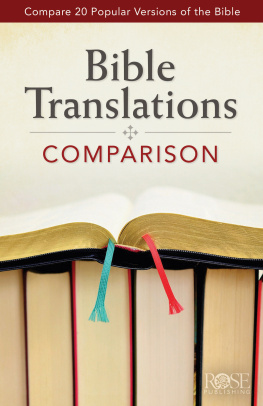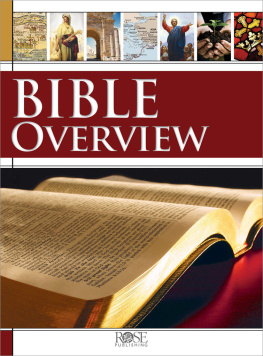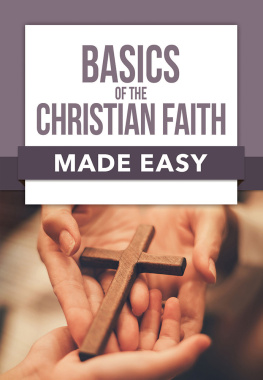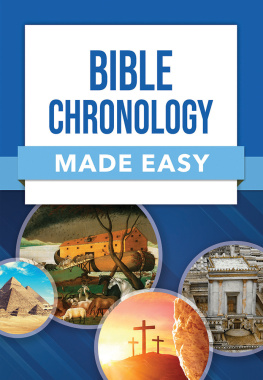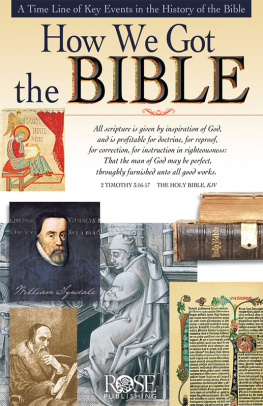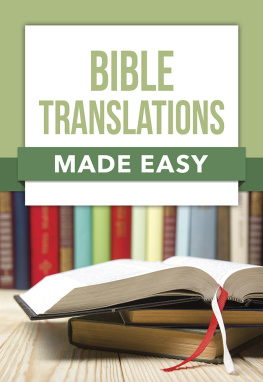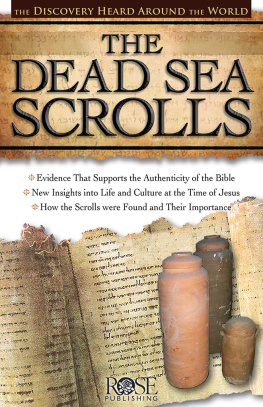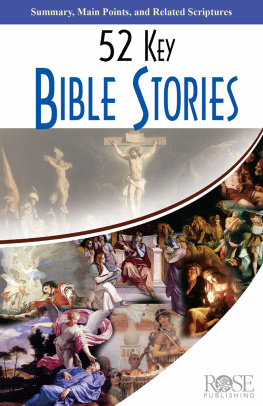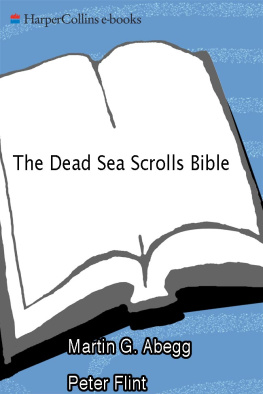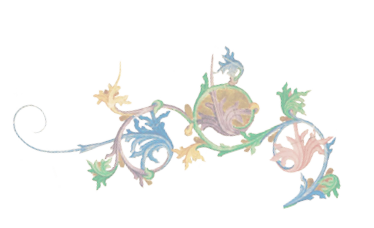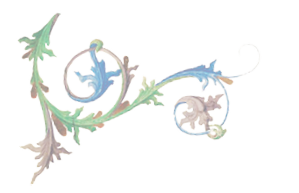The Made Easy series is a collection of concise, pocket-sized books that summarize key biblical teachings and provide clear, user-friendly explanations to common questions about the Christian faith. Find more Made Easy books at www.hendricksonrose.com.
All rights reserved. No part of this work may be reproduced or transmitted in any form or by any means, electronic or mechanical, including photocopying, recording, or by any information storage and retrieval system, without permission in writing from the publisher.
Scriptures taken from the Holy Bible, New International Version, NIV. Copyright 1973, 1978, 1984, 2011 by Biblica, Inc. Used by permission of Zondervan. All rights reserved worldwide. www.zondervan.com The NIV and New International Version are trademarks registered in the United States Patent and Trademark Office by Biblica, Inc.
Scripture quotations marked NASB are taken from the NEW AMERICAN STANDARD BIBLE, copyright 1960, 1962, 1963, 1968, 1971, 1972, 1973, 1975, 1977, 1995 by The Lockman Foundation. Used by permission.
For everything that was written in the past was written to teach us, so that through the endurance taught in the Scriptures and the encouragement they provide we might have hope.
Romans 15:4
I ts been called the Word of God, the Sacred Scriptures, Holy Writ, and the Good Book. While some people revere the Bible, others revile it. Some want to get copies of the Bible into the hands of all people everywhere; others would gladly rid the world of this ancient collection of Jewish and Christian teachings. Where did this controversial book even come from? How did we get it?
In this concise guide, well survey the history of the Bible from the ancient origins of biblical writings to the most popular Bible translations in the present day. In the next few pages, well tackle questions like these:
- Where did the Bible come from? Who wrote itand when?
- Who decided which writings would be included in the Bibleand which ones would be left out?
- Whats a testament ? And why does the Bible have an old one and a new one?
- Where did all those different Bible translations come from?
- Why should we trust that the Bible is accurate in what is says?
For readers who want to ponder these subjects furtheror for those who want to read through this book with a few othersweve included some discussion questions at the end.
But first, lets begin with five big questions about the Bible.
Notes
Cited in Norman L. Geisler and William E. Nix, A General Introduction to the Bible (Chicago: Moody Press, 1986), 475.
Wycliffe Global Alliance http://www.wycliffe.net/en/statistics (December 16, 2019).
Cited in Guinness World Records https://www.guinnessworldrecords.com/world-records/best-selling-book-of-non-fiction/ (December 16, 2019).
The Bible App https://www.youversion.com/the-bible-app/ (January 24, 2020).
World Christian Database (Leiden: Brill) cited in World Christianity (Peabody, MA: Rose Publishing, 2020) .
Eric Ray, Sofer: The Story of a Torah Scroll (Lewisville, NC: Torah Aura Productions, 1998), 17.
The Confession of Dositheus (Synod of Jerusalem, 1672) [Question 3] .
Timothy Paul Jones, How We Got the Bible (Carson, CA: Rose Publishing, 2015) 78.
Timothy Paul Jones, How We Got the Bible (Carson, CA: Rose Publishing, 2015) 94.
World Christian Database (Leiden: Brill) cited in World Christianity (Peabody, MA: Rose Publishing, 2020) .
Wycliffe Global Alliance http://www.wycliffe.net/en/statistics (December 16, 2019).
World Christian Database (Leiden: Brill) cited in World Christianity (Peabody, MA: Rose Publishing, 2020) .
Image Credits
Images used under license from Shutterstock.com: Cover image FotoDuets; Page 9 Elzbieta Sekowska; 10 Jjustas; 12 James Steidl; 13 Amanda Carden; 14 Marco Ossino; 17 Cris Foto; 21 Lerner Vadim; 24 Awe Inspiring Images; 27 Andrey_Popov; 28 jsp; 34 airphoto.gr; 39 Bakusova; 40 ChameleonsEye; 42 Samuel Perry; 44 Renata Sedmakova; 47 Renata Sedmakova; 52 DyziO; 53 Nathan Holland; 54 Timothy R. Nichols; 62 Morphart Creation; 66 steve estvanik; 67 Dja65; 68 dugdax; 72 Georgios Kollidas; 74 Everett Historical; 76 Take Photo; 77 eFesenko; 78 Karin Hildebrand Lau; 79 photoshooter2015; 80 Madeleine R; 81 Yaroslaff.
Other images: Page 30 A Sofer (Jewish scribe) completing the Book of Esther, Ein Bokek, Israel, January 2012 Wikimedia Commons, Spaceboyjosh; 41 Jar and Cover for Manuscript rolls, Walters Art Museum; 43 Jesus Unrolls the Book in the Synagogue, Brooklyn Museum; 58 Marble portrait head of Emperor Constantine, Metropolitan Museum of Art; 59 Saint Jerome in His Study, Walters Art Museum; 61 Sculpture of St. Augustine of Canterbury, Canterbury Cathedral, Wikimedia Commons, Saforrest; 64 Plaster maquette of Stephen Langton, Wikimedia Commons, Linda Spashett Storye book; 67 Gutenberg Bible, Flickr, JMWK; 71 Council of Trent, Wikimedia Commons, Laurom; 72 Geneva Bible, Wikimedia Commons, Hi540; 78 Ugaritic tablet, Wikimedia Commons, Rama, Louvre Museum.

Five Big Questions about the Bible
What Exactly Is the Bible?
M any think the Bible is a thousand-plus pages of religious restrictions and requirements.
Not true.
Instead, lets try looking at it like this. Imagine rooting around in your great-grandfathers basement. Buried in the corner next to an old gramophone is a big, overstuffed briefcase. Your heart racesmaybe its full of gold, jewels, or money! Actually, its even better than that. Within that leather portfolio you discover a treasure trove of old family documents: love letters and postcards from World War II, news clippings of major events, and tattered, blurry snapshots of relatives you didnt even know you had! Inside, you find birth and baptismal records, property deeds, marriage licenses, death certificates, and family genealogies. From that dusty satchel, you retrieve poems from someones old journal, three or four outdated maps, plus a few vacation souvenirs. At the bottom of the briefcase, you even come across some old sheet music, a few secret family recipes, and folded-up building plans for your granddads place, the old family homestead. What you have stumbled upon, of course, is a family history. All those individual documents and artifacts combine to tell the unique story of a specific familyyours.
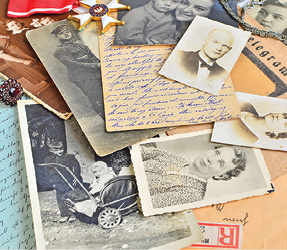
In a real sense, this is what the Bible is. Its a written history of the people of God. Within the leather covers of that big family Bible (or your cool modern study Bible) is an assortment of ancient texts by dozens of authorskings, prophets, scribes, followers of Jesus, and others. These writings were composed over a period of some twelve to sixteen centuries! (For comparisons sake, Charles Dickens wrote A Christmas Carol in only six weeks.) After these biblical documents were written, they were copied, circulated, gathered together, guarded, recopied, and passed down through the generations.

